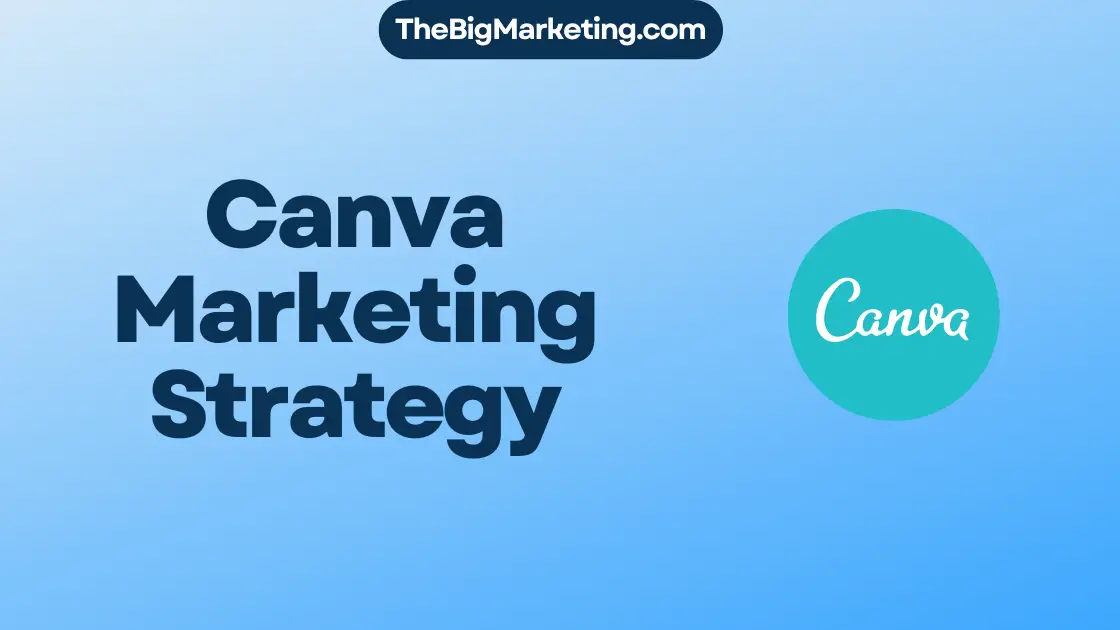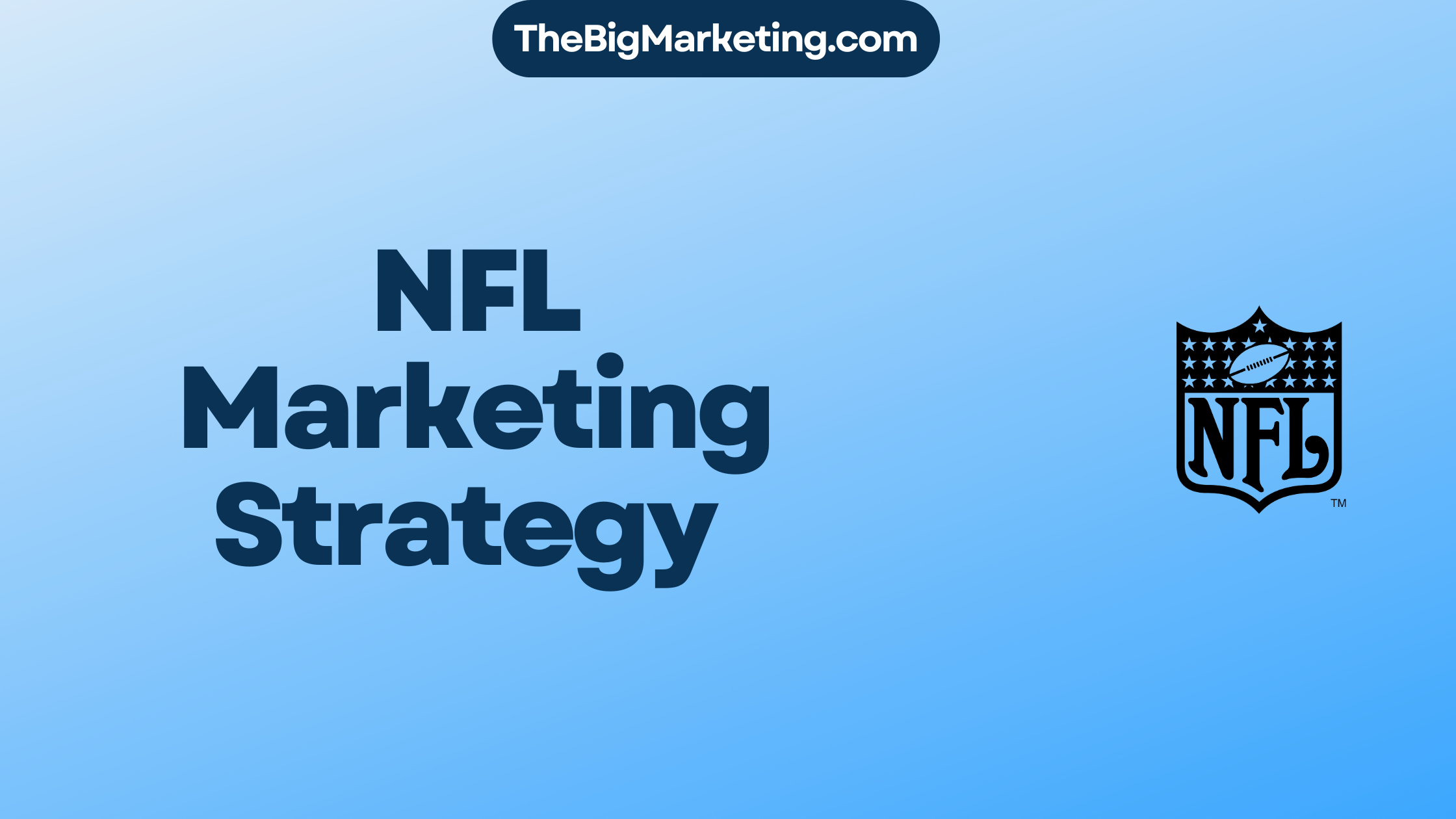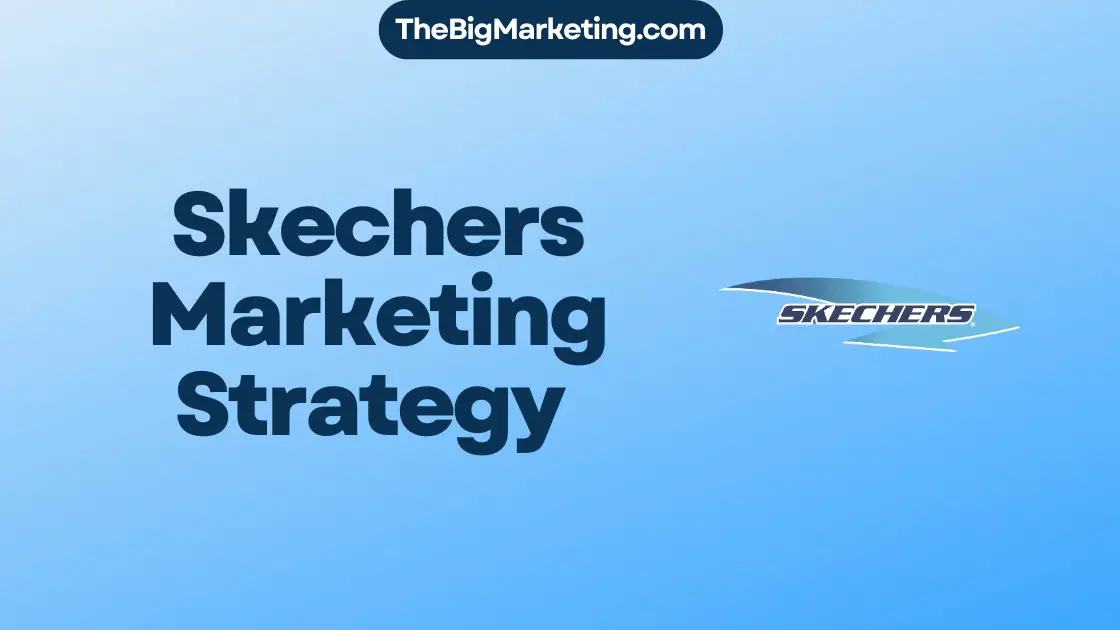Search Engine Marketing, or SEM, helps businesses grow. It’s different from SEO (Search Engine Optimization). SEO boosts a website’s organic ranking. On the other hand, SEM uses paid ads to target specific keywords and top Search Engine Result Pages (SERPs).
Google, Bing, and Yahoo have an auction to place SEM ads. This makes SEM a competitive field. Through various strategies, tools, and techniques, companies can fine-tune their ads. This way, they can hit their marketing targets.
- Search Engine Marketing (SEM) involves paid advertising to improve search engine rankings.
- SEM campaigns target specific keywords and appear at the top of SERPs.
- Google, Bing, and Yahoo use an auction process to determine ad placement.
- SEM requires strategic planning, optimization, and the use of various tools and techniques.
- SEM is an effective way to increase visibility, drive traffic, and achieve marketing objectives.
What is Search Engine Marketing (SEM)?
Search Engine Marketing (SEM) is an effective way to boost a company’s presence online. It uses paid ads to get higher in search engine results. This method targets specific words people search for, linking them to relevant products or services.
SEM is key in digital marketing. It uses ads to reach potential customers directly. Google, Bing, and Yahoo decide which ads to show through an auction. This makes sure only the best ads reach users.
SEM can give businesses an edge online. It helps bring in more website visitors who are interested in what the business offers. Through paid ads, companies can target just the right audience.
To grasp SEM’s value, let’s look at its main perks:
1. Promotion and Advertising
SEM is a crucial promotional strategy. It allows ads to be seen by people already interested in certain products or services. This increases the chance of making sales.
2. Increased Search Engine Traffic
Using SEM can make a website more visible on search engines. More visibility means more people might click on your ads. This can be a big boost for your business online.
3. Complement to Search Engine Optimization (SEO)
SEM works well with SEO. While SEO improves a site’s organic search results, SEM focuses on paid ads. Together, they make a complete marketing strategy.
4. Precise Targeting and Segmentation
SEM lets you target ads very specifically. You can choose people based on what they like, where they live, and more. This means ads are more likely to reach the right people, improving your return on investment.
5. Measurable and Trackable Results
One big advantage of SEM is seeing how your ads perform. Tools let businesses track ads’ success and learn from the data. This makes it easy to improve over time.
SEM is a powerful tool for growing a business online. With paid ads, you can get better rankings on search engines, be more visible, and attract the right visitors. SEM works through platforms like Google Ads to connect businesses with their audience successfully.
| Key Benefits of SEM |
|---|
| Increased website visibility |
| Precise targeting and segmentation |
| Immediate visibility on SERPs |
| Higher search engine traffic |
| Ability to measure and track results |
By applying the right SEM strategies, businesses can see better visibility online, more visitors, and increased sales. As the internet changes, SEM stays an essential part of marketing success.
SEO vs. SEM
Ranking high on search engine result pages (SERPs) involves two main methods: SEO and SEM. While aiming for similar outcomes, they have key differences.
SEO makes content rank well in search results without ads. It uses strategies to boost site visibility and get more organic traffic. Key SEO elements include algorithms, backlinks, keywords, and user experience.
In contrast, SEM uses paid ads to get noticed on SERPs. By setting up ads at the top of search results, companies can draw quick attention and guide more visits to their sites.
SEO: Organic Search Results and Ranking Factors
SEO’s goal is to make sites stand out in organic search results. It seeks to improve visibility and draw traffic without paid ads. It focuses on elements like backlinks, keywords, and user satisfaction.
SEM: Paid Advertising and Improved Visibility
SEM, however, relies on paid ads to boost search engine visibility. Companies bid on keywords to get top ad spots. This way, they can make their sites highly visible and attract customers quickly.
The Relationship Between SEO and SEM
SEO and SEM, while different, support each other. They both enhance visibility and drive better outcomes. Here’s their synergy:
- SEM offers quick visibility as SEO efforts progress, capturing immediate traffic and leads.
- SEO strengthens SEM by enhancing organic rankings and increasing site authority. This leads to sustained traffic flow and less need for ads.
Using SEO and SEM together allows companies to build a strong online presence. They combine strengths for optimal results.
How SEM Works
Search Engine Marketing (SEM) uses high volume keywords to buy ad space on search results. Unlike SEO, it focuses on attracting visitors through paid ads.
Advertisers bid on keywords linked to their offerings. The top SERP spot goes to the highest bidder. But, ad quality and relevance also play a part.
SEM runs on a pay-per-click model. You pay only if someone clicks your ad. This makes SEM a smart choice for visibility.
Components of an SEM Ad
An SEM ad usually consists of the following components:
- Headline: This catches the user’s eye.
- Meta Description: It’s a quick summary that makes users want to click.
- Calls to Action: These persuade users to act, like “Buy Now.”
- URL Hyperlinks: Clicking these takes users to a landing page.
Effective SEM ads blend headlines, meta descriptions, calls to action, and links. Advertisers track ad performance to tweak campaigns and meet goals.
Importance of SEM
In the digital marketing world, SEM is key to reaching more people. It helps businesses connect with their audience, boost profits, and get more customers. SEM’s role in the online world is crucial and valuable.
Reaching the Target Audience
SEM helps businesses meet their exact audience. It uses targeted keywords and ads for effective promotion. This way, the right people see the right ads, leading to more sales.
Driving Profitability and High Conversion Rates
SEM’s targeted ads increase profitability by showing products to those ready to buy. This leads to more quality leads and sales from users searching for specific things.
SPEED: Faster Results than SEO
SEM beats SEO in speed, bringing traffic quickly with paid ads. While SEO takes time to show results, SEM provides instant visibility. It keeps businesses ahead in the fast-paced digital arena.
The Power of the PPC Model
The PPC model in SEM lets businesses control their ad spending. You only pay when someone clicks your ad. This makes advertising cost-effective and maximizes ROI.
Enhancing Organic Rankings and Trust Signals
SEM can boost organic rankings and build trust. Paid ads in top positions make businesses look more credible. Plus, the insights from SEM help improve marketing strategies and trust over time.
Fine-Tuned Segmentation
SEM offers precise segmentation for tailoring ads to specific groups. It allows ads to be more relevant by focusing on location, interests, and more. This fine-tuning helps in reaching the ideal customers.
Deep Insight through Analytics
Analytics in SEM offer crucial insights. Businesses can understand customer behavior and campaign effectiveness. This helps in making informed decisions and continuously enhancing campaigns.
Overall, SEM is vital for digital marketing success. It helps in reaching audiences, increasing sales, and providing fast results. The PPC model and segmentation make it powerful. Plus, analytics offer deep insights for improvement. SEM is essential for promoting products or services and reaching marketing goals.
Disadvantages of SEM
Search engine marketing (SEM) is great for businesses but has downsides too. Knowing these can help marketers make smart choices and plan well. Here are the main disadvantages:
1. Cost
SEM can get expensive, especially with high-demand keywords. The cost per click (CPC) can quickly eat into your budget. It’s vital to keep an eye on costs to ensure you get a good return on investment (ROI).
2. Competition
With SEM becoming more popular, the fight for ad spots is tough. It’s hard to get good positions on search engine results pages (SERPs) for well-liked keywords. Companies must fine-tune their targeting and constantly improve their ads to stay ahead.
3. Customer Trust
Some people find SEM ads less reliable than organic search results. They often trust the organic results more because of quality inbound marketing. Relying only on SEM ads might not earn the same trust level from potential customers.
4. Ad Blockers
Many people use ad blockers to stop seeing ads, affecting SEM ads’ visibility. This challenge means marketers need to explore other ways to reach and engage their audience.
5. Disruptive Ads
If not well-made and strategically placed, SEM ads can annoy users. Annoying ads can harm user impressions and lower engagement or conversion chances. It’s important to create ads that attract but don’t bother users.
6. Limitations of Inbound Marketing Techniques
Inbound marketing, like SEO, relies on quality content and real interactions to build trust. In contrast, SEM ads are paid spots and might seem less genuine. Using only SEM could miss out on the rewards of inbound marketing.
While SEM is effective for driving traffic and leads, it’s necessary to evaluate its pros and cons. Mixing SEM with other digital marketing methods, like SEO, can form a well-rounded strategy for the best outcomes.
SEM Keyword Research Strategies
Keyword research is vital for successful search engine marketing (SEM). It helps bring the right users to your site. By figuring out what users are looking for, you can make your SEM campaigns more effective. Let’s look at some important strategies:
1. Identify Effective Keywords and Keyword Phrases
First, find the best keywords and long-tail phrases that match your goals. These are what potential customers type when searching for your offerings. Google Ads Keyword Planner, Semrush, and SpyFu are great for finding top keywords.
2. Focus on Keyword Intent
Understanding the goal behind a search term is key. It lets you create ads and pages that meet user expectations. For instance, if someone wants to buy, your ads should showcase product benefits and have strong calls to action.
3. Leverage Keyword Analysis
Studying keyword performance is essential. This analysis helps spot trends and refine your strategy. Tools like Clearscope and Google Trends give insights on which keywords are popular and how they’re doing.
4. Incorporate Negative Keywords
It’s smart to use negative keywords to block unwanted ad triggers. This saves money and makes your campaigns more efficient. For example, if you sell luxury items, avoid keywords like “cheap” in your ads.
5. Stay Updated with Keyword Tools
Keep up to date with keyword research by regularly using keyword tools. They offer valuable info such as search volume and competition. This way, you can outdo competitors and keep improving your SEM efforts.
The strategies mentioned will boost your campaign’s success. You’ll draw in more suitable traffic and see better returns on investment.
| Benefits of SEM Keyword Research Strategies | Benefits |
|---|---|
| 1. Targeted Traffic | Drive highly relevant traffic to your website |
| 2. Higher Conversions | Optimize your campaigns to reach users with strong purchase intent |
| 3. Cost-Efficiency | Avoid wasting ad spend on irrelevant searches |
| 4. Competitive Advantage | Stay ahead of the competition by leveraging keyword insights |
| 5. Improved Performance | Continuously optimize and refine your SEM campaigns for better results |
To wrap up, in-depth keyword research and analysis are crucial for SEM success. By focusing on keyword intent and using the right tools, you can attract more relevant visitors, boost conversions, and outshine competitors in SEM.
How Ad Auctions Work
Ad auctions are vital in setting where ads appear on search engines like Google Ads and Bing Ads. Winning the top ad spot isn’t just about the highest bid. Search engines look at ad quality, relevance, and the bid to decide ad rank.
The quality score is crucial in ad auctions. It checks the ad’s quality and if it matches what users are searching for. Ads that are of high quality and relevant get a better chance in the auction.
Search engines also look at how well websites rank naturally. If a website ranks high, its ads might rank better too. This is because high-ranking websites are seen as more reliable.
Bids for keywords are important in ad auctions. They help advertisers fight for the best ad spots. But, having a high bid doesn’t assure a top spot. Quality score, relevance, and website rank also play big roles.
Prioritizing Relevance and Quality for Successful Ad Placement
Search engines give ad spots based on bid, quality score, relevance, and website rank. They focus on showing users ads that match their searches. This way, users find more useful ads.
In short, ad auctions are where various factors are considered. High-quality, relevant ads and good website rankings help win top spots. By knowing how ad auctions work, businesses can make better ads. This leads to more visibility and success.
Creating an SEM Campaign Strategy
Search engine marketing (SEM) needs a well-thought-out strategy to succeed. Using the right tools and strategies, advertisers can reach their target audience efficiently. Here we’ll delve into the key steps for creating an effective SEM campaign strategy.
Keyword Research and Analysis
At the heart of SEM campaigns is thorough keyword research. This means finding keywords and phrases that match what your business offers. Tools like Semrush and Google Ads Keyword Planner provide insights into keywords’ search volumes and trends. Good keyword research helps craft focused campaigns, making ads more visible.
Geographic Targeting
Geographic targeting helps advertisers focus their efforts on specific areas. This could be regions, cities, or entire countries. By doing so, ads become more relevant to local audiences. This strategy boosts the chances of connecting with potential customers in targeted areas.
Ad Extensions for Enhanced Engagement
Ad extensions are a boon for engaging potential customers. They allow ads to carry extra details like CTA buttons and site links. Adding these extensions makes ads more informative, prompting users to act. This can lead to better click-through rates and more conversions.
Driving Traffic to a Compelling Landing Page
Directing users to a relevant landing page is key for conversions. This landing page should match the ad’s promise and be user-friendly. It should have clear calls-to-action and engaging content. This ensures users stay interested and are more likely to convert.
To wrap up, a successful SEM campaign strategy involves detailed keyword research, precise targeting, using ad extensions wisely, and creating effective landing pages. These elements, when used properly, boost an SEM campaign’s visibility and effectiveness.
SEM vs. SEO
To boost visibility on search result pages, companies use SEM and SEO methods. SEM pays for visibility at the top. SEO, in contrast, boosts rankings through free, organic strategies.
SEM uses paid ads and bids on keywords. Companies pay for each click, which is cost per click (CPC). This method makes a brand instant visible on search pages.
SEO, instead, focuses on improving your site’s standing without payments. It includes content optimization and building backlinks. SEO helps your site get noticed naturally over time.
SEM offers quick results and ad control but costs per click. SEO takes effort at first, but brings free, ongoing traffic later. Each has its own cost and benefit.
Combining SEM and SEO is smart for digital marketing. SEM for fast visibility, SEO for lasting traffic. Using both methods helps reach more people effectively.
The Basic Features of a Search Ad
A search ad is a type of text ad you see on search engine pages. It helps businesses promote their products or services. Knowing how a search ad works is key to making good ads.
Components of a Search Ad
There are several parts in a search ad that help get your message across:
- Headline: The first thing users notice is the headline. It must be clear and match what the user is looking for. Usually, it can only be 30-40 characters long.
- Description: This part gives more details about what you’re offering. It talks about what makes your product special. The description can be 80-90 characters long.
- Extensions: You can add extra features to your ad, like ad extensions. These let users call you, download an app, or find your location. Examples are call extensions, sitelink extensions, and location extensions.
- Landing Page: When someone clicks your ad, they go to your landing page. This page should be well-designed and easy to use. It makes sure the visitor gets the info they need.
Creating Effective Search Ads
To make your search ads better, remember these tips:
- Keyword Optimization: Pick the right keywords that your target users are searching for. Use these keywords in your ad to make it more relevant.
- Compelling Call-to-Action: Your ad should have a clear call-to-action. This tells users what you want them to do next, like buy something or sign up.
- URL Hyperlink: Add a clickable link in your ad. This link should take users straight to your landing page. It helps provide a smooth experience and boosts your chance of getting results.
Understanding search ads is crucial for any business looking to be seen online. By using these features the right way, you can make ads that truly stand out.
Conclusion
Search engine marketing (SEM) helps businesses improve visibility and reach customers searching for their products or services. It includes paid search advertising, boosting online visibility. This way, SEM complements organic search efforts, increasing the chances of success.
SEM lets businesses target specific keywords to top search engine result pages (SERPs). This targets the audience directly, raising the chance of making sales. It’s a direct path to attracting potential customers.
SEM and organic search efforts work together. This combo maximizes online presence and visibility. SEM gives a quick visibility boost, while SEO offers long-term benefits.
In a digital world full of competition, SEM allows businesses to stand out. Through effective strategies, companies improve visibility and reach their market. This leads to growth and success in the crowded digital marketplace.








